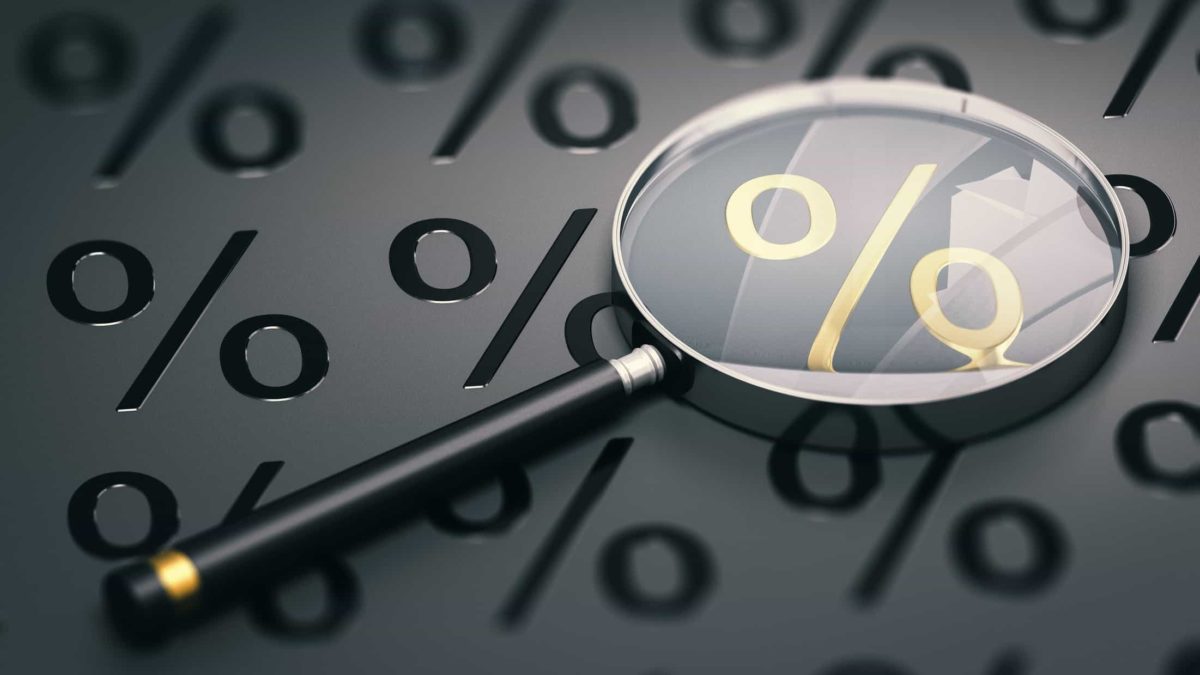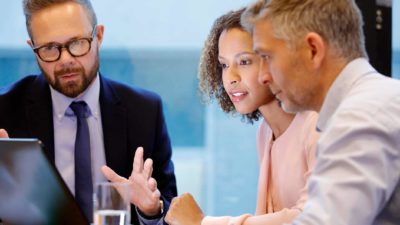Yesterday's big ASX news out of the Reserve Bank of Australia (RBA) was… well, that there was no news. For the RBA's final meeting of 2023, the board decided to leave interest rates unchanged at 4.35%.
It was no doubt a welcome move for Australians who have had to endure a cascade of interest rate rises over 2022 and 2023, the most recent being just last month.
This latest move has arguably been good news for ASX shares and the share market. Not too many people were expecting the RBA to change rates yesterday. And, as we covered earlier this week, inflation looks like it is trending down. Not only in Australia but across the advanced economies of the world.
As such, the S&P/ASX 200 Index (ASX: XJO) has spent the past week pushing higher, as optimism replaces pessimism.
But more forward-thinking investors might be asking themselves whether the RBA is really done with the rate hikes. After all, we've heard this song before. It was only a few months ago that investors had seemingly called the ceiling for interest rates, only to be caught off guard by sticky inflation.
Well, as we've just implied, making predictions in this arena is notoriously difficult. Even the most highly trained economists struggle to accurately predict where economic indicators like inflation and interest rates will lead to next. There are simply far too many variables in the global economy to speak with certainty about these matters.
Saying that, we can still point out a few factors here.
Why did the RBA leave interest rates on hold yesterday?
Firstly, yesterday's statement from the RBA accompanying its decision to leave rates on hold held quite a few clues.
I'll quote some of them below so you can draw a conclusion:
The monthly CPI indicator for October suggested that inflation is continuing to moderate, driven by the goods sector…
Wages growth is not expected to increase much further and remains consistent with the inflation target, provided productivity growth picks up. Conditions in the labour market also continued to ease gradually, although they remain tight…
Higher interest rates are working to establish a more sustainable balance between aggregate supply and demand in the economy. The impact of the more recent rate rises, including last month's, will continue to flow through the economy. High inflation is weighing on people's real incomes and household consumption growth is weak, as is dwelling investment…
Whether further tightening of monetary policy is required to ensure that inflation returns to target in a reasonable timeframe will depend upon the data and the evolving assessment of risks.
Now these statements aren't too precise. But, at least to me, they seem to indicate that the RBA is increasingly confident that inflationary pressures are easing. If that does turn out to be the case, there may indeed be no need for any future rate hikes.
Australian GDP numbers point to "unexpected slowdown"
Secondly, we've just seen the latest economic growth figures for the Australian economy released. According to the Australian Bureau of Statistics (ABS), Australian gross domestic product (GDP) rose by 0.2% over the three months to 30 September 2023. That translates into an annual growth rate of 2.1%.
According to eToro market analyst Farhan Badami, this 0.2% growth figure means that "Australia experienced an unexpected slowdown in its economy".
The ABS noted several interesting factors at play here:
- Household savings are at their lowest point since 2007
- Household spending was flat during the quarter
- Exports fell during the quarter
- The largest driver of growth was government spending and capital investment
Katherine Keenan, ABS head of national accounts, stated "this was the eighth straight rise in quarterly GDP, but growth has slowed over 2023".
So all signs are pointing to a slowing economy. And that means that the pressure on inflation, and thus on interest rates, would be slowing too.
Of course, these things can turn on a dime. If there is a spike in oil prices, a spending surge at Christmas, or a huge fall in the Australian dollar, it could compel the RBA to resume its hikes. But signs are arguably, if tentatively, pointing to what the RBA is looking for.









